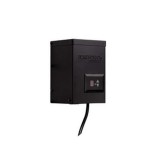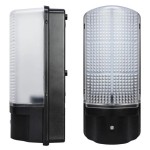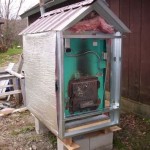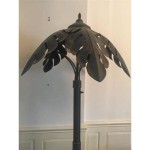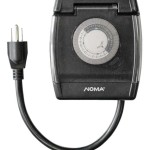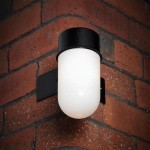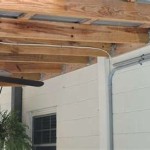How to Protect Outdoor Cedar Furniture
Cedar is a popular choice for outdoor furniture due to its natural beauty, durability, and resistance to rot and insects. However, even cedar can be susceptible to damage from the elements if it is not properly protected. This article will discuss some essential steps to protect your outdoor cedar furniture and keep it looking its best for years to come.
1. Cleaning and Maintenance
Regular cleaning is crucial for maintaining the beauty and longevity of cedar furniture. Cedar wood is naturally resistant to decay and insects, but it can still be affected by dirt, grime, and mildew. Dust and debris should be removed regularly with a soft-bristled brush. For deeper cleaning, a mild soap and water solution can be used. Avoid harsh chemicals or abrasive cleaners that could damage the cedar’s natural finish.
Once cleaned, apply a sealant or finish to protect the wood from moisture and UV damage. Cedar wood naturally contains oils that repel water and insects, but these oils can degrade over time, leaving the wood vulnerable to damage. Applying a sealant can help to restore and maintain these natural defenses. There are many different types of sealants available, including oil-based, water-based, and polyurethane finishes. Choose a sealant specifically designed for outdoor use and follow the manufacturer's instructions for application.
2. Protection from the Elements
Cedar furniture can withstand the elements, but prolonged exposure to harsh weather conditions can still cause damage. To protect your furniture, consider covering it during inclement weather. A waterproof tarp or furniture cover can help shield it from rain, snow, and sun. If you do not have a cover, consider storing your furniture in a sheltered area during harsh weather periods.
When placing cedar furniture outdoors, ensure it is positioned in a well-ventilated area to allow air circulation and prevent moisture buildup. This is especially important in humid climates. If possible, avoid placing furniture directly on grass or soil, as these surfaces can retain moisture and contribute to decay. Elevating the furniture on a platform or using furniture pads can help prevent moisture damage. Remember to inspect the furniture regularly for signs of damage, such as cracks, splinters, or rot. Address any issues promptly to prevent further damage.
3. Repairs and Refinishing
Even with proper maintenance, cedar furniture may require occasional repairs or refinishing. Cracks or splinters can be repaired with wood filler or epoxy. If the finish has become dull or faded, it can be refinished by sanding and applying a new sealant or stain. When sanding, use fine-grit sandpaper to avoid damaging the wood.
Before applying any new sealant or stain, ensure the wood is clean and dry. Apply the finish in thin, even coats, allowing each coat to dry completely before applying the next. Follow the manufacturer's instructions for drying time and application techniques. By following these steps, you can keep your cedar furniture looking its best for years to come.

How To Re And Protect Outdoor Wood Furniture Love Grows Wild

How To Protect Outdoor Wood Furniture Anderson Lumber

How To Protect And Care For Outdoor Wood Furniture Timber Table

How To Re Cedar Furniture A Step By Tutorial

Finishing All My Diy Outdoor Cedar Furniture Builds With Teak Oil

Protecting Outdoor Furniture Thompson S Waterseal

How To Re Cedar Furniture A Step By Tutorial

How To Protect Outdoor Cedar Pine For Winter

How To Re Cedar Furniture A Step By Tutorial

The Best Way To Seal Cedar Furniture Hunker
Related Posts
